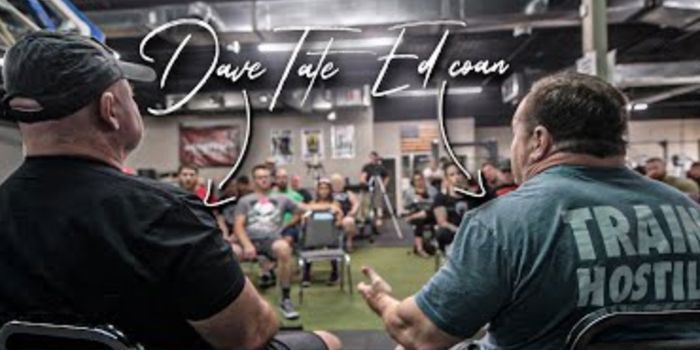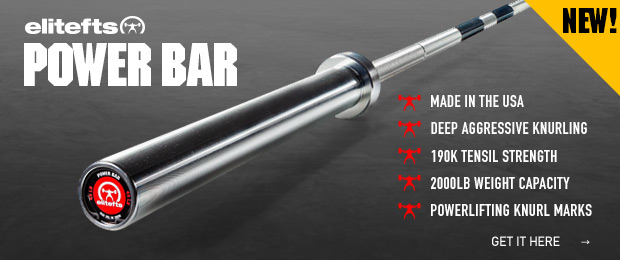
What kind of accessory work would you do to train weak points?
For Ed Coan, that depends on what’s weak. If it’s his is upper back, that means it’s time to hit the rowing machine and some trap work. But if you include the shoulders on top of the upper back, he would do some isolation exercises, too.
From the hamstring to the quad, Ed suggests doing stiff-legged deadlifts or high bar close stance Olympic squats or front squats.
“My weak point training was always based on the main exercise and what exercise I could use — what variation of a squat, bench, deadlift I could use that would transfer over to my weakness, so I just worked that harder. It was pretty simple.”
Dave Tate, on the other hand, needs more information. He needs to know what someone is training and their program. If it’s a linear program, there isn’t much he could do in terms of variation. Block programs give him a little more room to work with. Conjugate programs give the most room to work with in terms of working in more lift variations.
From there, Dave says it’s important to work on the weaknesses while continuing to work on strength.
“The exercise you use to bring up your weakness... has to transfer over to your strength. Doing tricep kickbacks all day long might give you pretty nice triceps but it might not do a fucking thing for your bench.”









